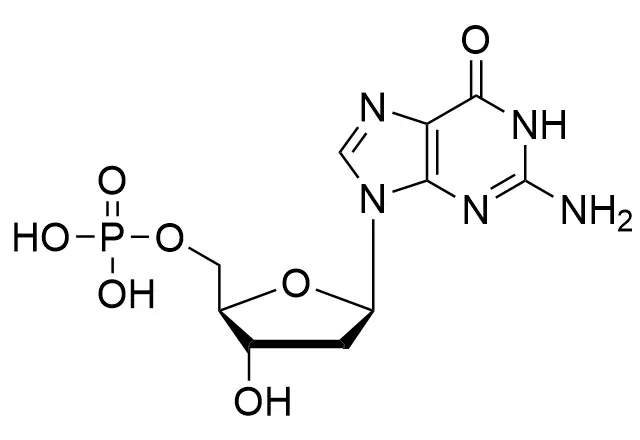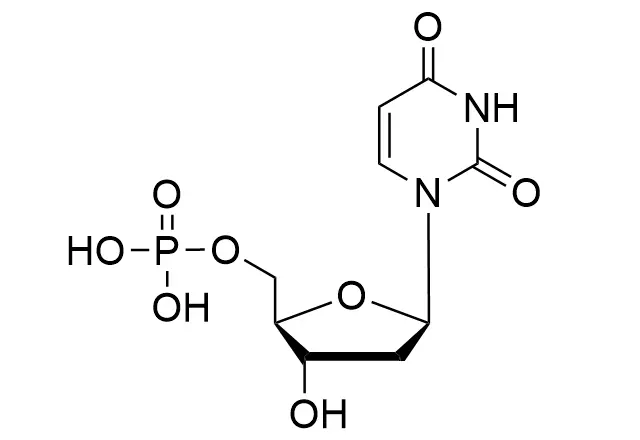
- 2'-Fluoro Phosphoramidites
- 2'-OMe Phosphoramidites
- 2'-O-MOE Phosphoramidites
- DNA Phosphoramidites
- RNA Phosphoramidites
- Succinate Monomers
- Spacer & Linker
- L-Amidites
- GalNAc
- PMO Monomer
- PAc Series Phosphoramidite
- L-RNA Phosphoramidites
- LNA Phosphoramidites
- CET Phosphoramidites
- 5'(E)-VP-2'-OMe Phosphoramidite
- GNA Phosphoramidites
- UNA Phosphoramidites
- TNA Phosphoramidites
- (S)-SNA Phosphoramidites
- PNA Series
- 2'-F-ANA Phosphoramidites
- 2'-O-Propargyl Phosphoramidites
- 2'-O-C16 Phosphoramidites
- 2'-O-C22 Phosphoramidites
- 2'-O-NMA Phosphoramidites
- 2'-O-EOE Phosphoramidites
- 2'-O-TOM Phosphoramidites
- 2'-TC Phosphoramidites
- PACE Series Phosphoramidites
- PS Series Phosphoramidites
- DNA Reverse Phosphoramidites
- 2'-OMe Reverse Phosphoramidites
- 2'-F Reverse Phosphoramidites
- 2'-MOE Reverse Phosphoramidites
- RNA Reverse Phosphoramidites
- NMP
- NDP
- NTP
- dNMP
- dNDP
- dNTP
- ddNTP
- 2'-OMe-NTP
- 2'-F-dNTP
- 3'-O-dNTP
- S Replacement Series
- AP and AA Series
- Other Customized Classes
- Basic Nucleosides
- 2'-Fluoro Modified Deoxynucleosides
- 2'-OMe Modified Nucleosides
- 2'-O-MOE Modified Nucleosides
- Base Protected Nucleosides
- 5'-O-DMT Protected Nucleosides
- Other Protected Nucleosides
- 2'-Deoxynucleosides
- Dideoxynucleosides
- L-Nucleosides
- Sulfo-Cy5 Picolyl Azide CAS NO.2669097-38-3
- C8-Alkyne-dU-CEP CAS NO.938186-76-6
- 2-(6-(Bis(4-methoxyphenyl)(phenyl)methoxy)hexyl)-1,3-dioxoisoindoline-5-carboxylic acid CAS NO.137394-61-7
- 6-FAM-Azide CAS NO.1386385-76-7
- 5-TAMRA-Azide CAS NO.1192590-89-8
- 5-TAMRA-PEG3-Azide CAS NO.1380486-02-1
- 3-Azido-7-hydroxycoumarin CAS NO.817638-68-9
- DBCO-AF647 CAS NO.2588467-47-2
- 6-FAM-Picolyl-Azide HR-01002006
- C8-Alkyne-dC-CE Phosphoramidite CAS NO.1021300-97-9
- 5-Ethynyl-dU-CE Phosphoramidite CAS NO.615288-66-9
- TIPS-5-Ethynyl-dU-CE Phosphoramidite CAS NO.1472616-97-9
WHAT ARE YOU LOOKING FOR?
 En
En Cn
Cn












